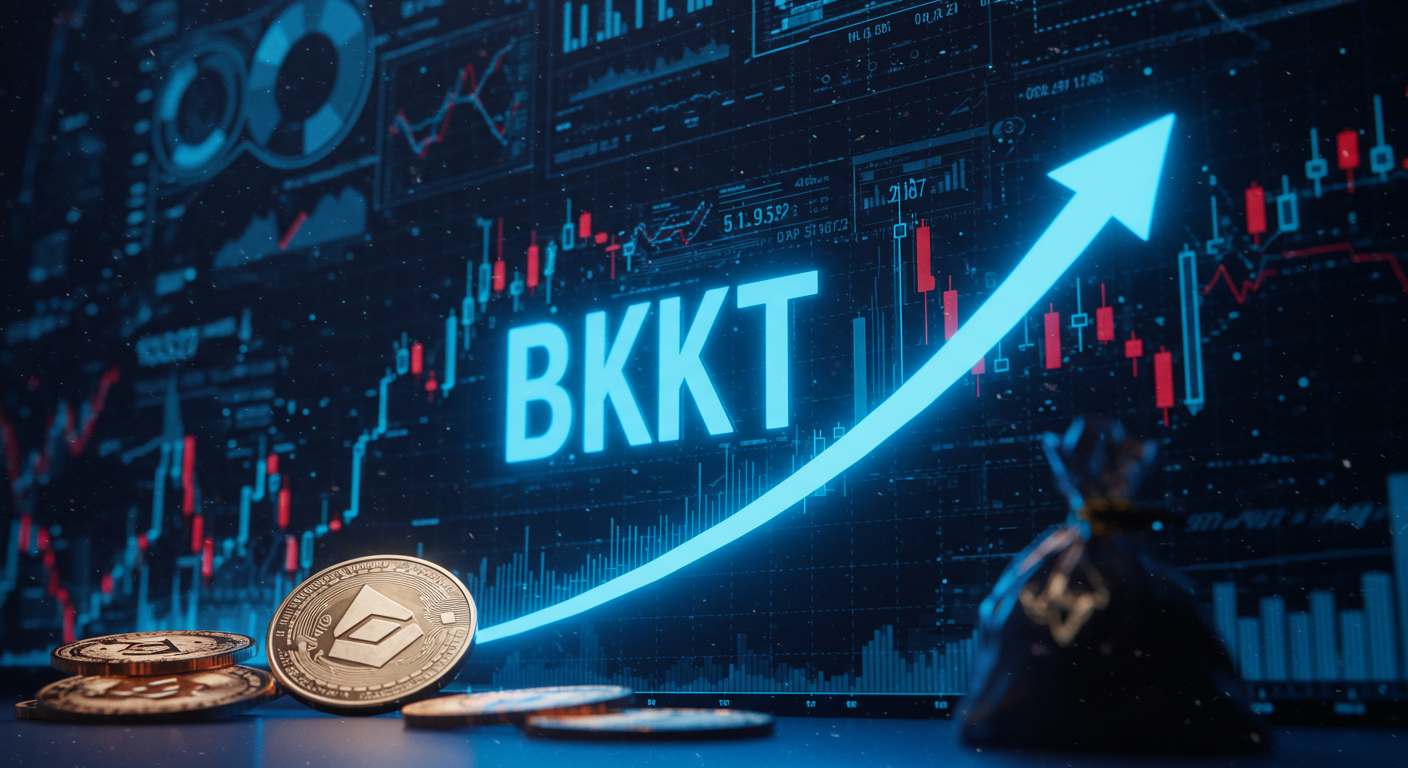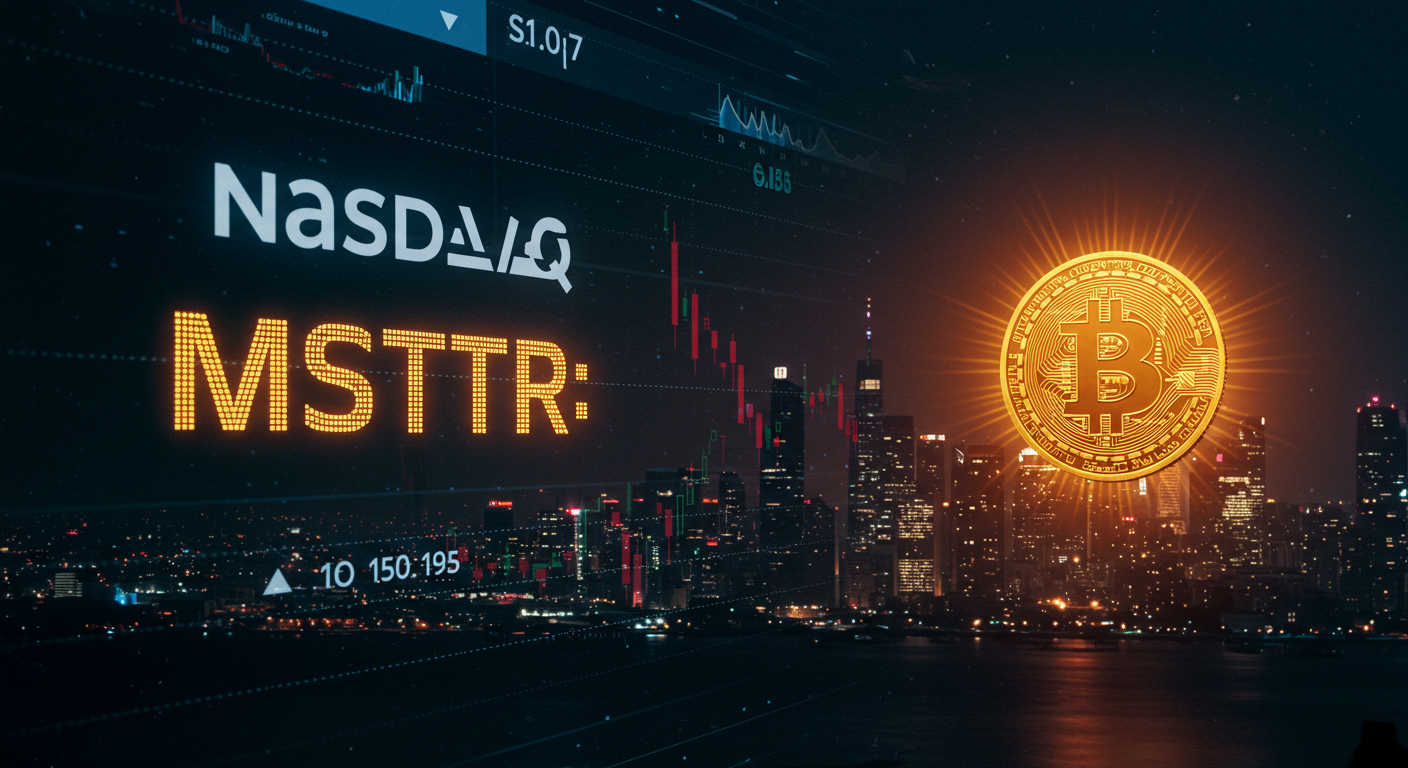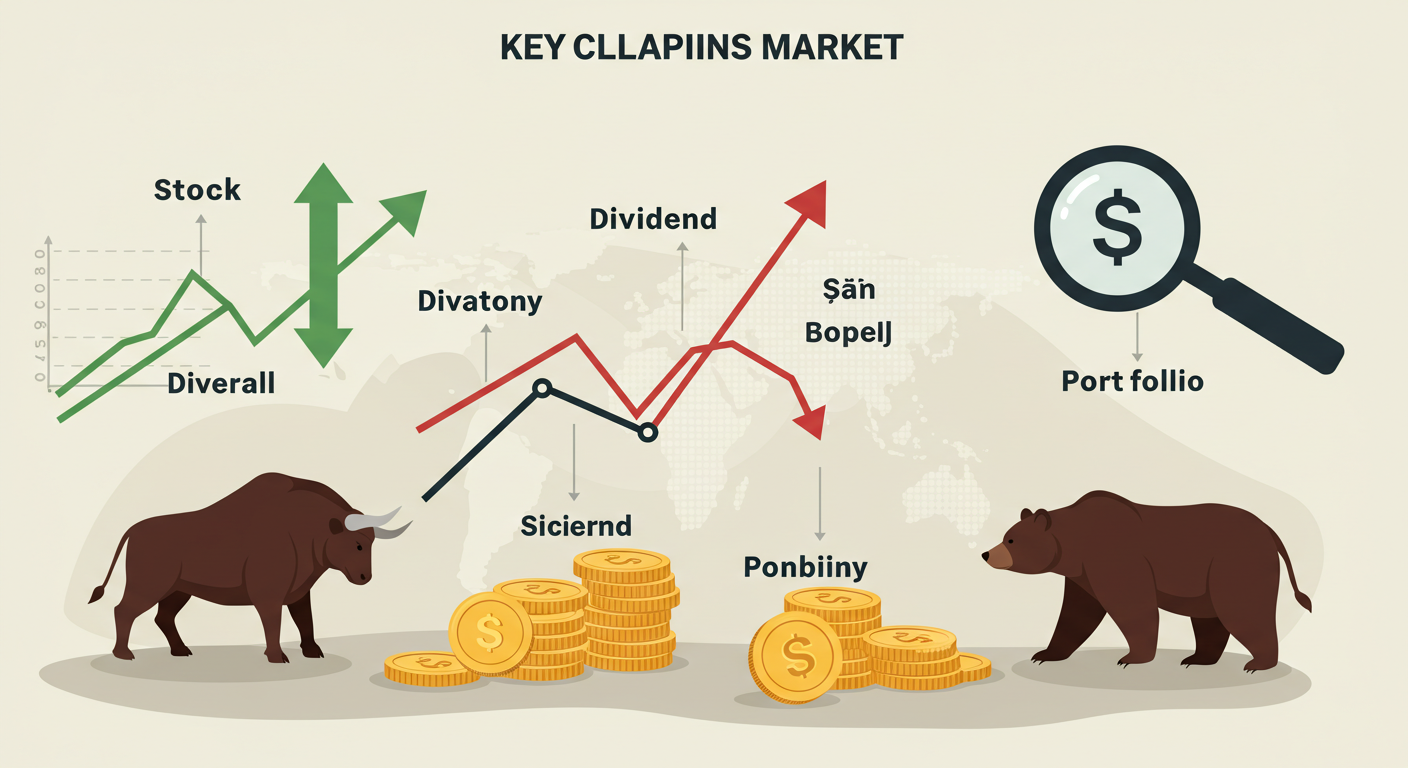Hello! I’m Jose E. McKenna. I’ve written about cryptocurrency for four years. My goal is to make complex topics like blockchain and finance easy to understand. Verge is a crypto coin focused on privacy. It’s fast, low-cost, and user-friendly. This article gives you the latest Verge news, deep on-chain data, and a clear forecast for 2025. I’ve checked facts from trusted sources like CoinMarketCap and Verge’s official site. All information is current as of September 19, 2025. Let’s dive into why Verge coin matters and what’s happening now.
What Is Verge Coin?
Verge is a digital currency. It began in 2014 as DogeCoinDark. The name changed to Verge in 2016 to sound more serious. Verge focuses on keeping your transactions private. It uses tools like Tor and I2P. These are networks that hide your location and identity online. For example, when you send Verge coins, no one can see your IP address. This makes it different from Bitcoin, where trades are more open. Verge wants to give you control over your money.
The coin runs on a blockchain. This is a public record of all transactions. But Verge adds privacy layers. You can choose if a transaction is public or hidden. Most coins don’t offer this choice. Trades are also fast—about five seconds. Fees are tiny, often less than a penny. This makes Verge great for small payments, like buying a snack. The total supply is 16.5 billion coins. Almost all are in use now. This keeps prices stable but limits big jumps.
Verge has no central leader. It’s open-source, so anyone can check the code. No one pre-mined coins or held a big sale. This makes it fair. The community runs the show. Over the years, Verge faced challenges, like hacks in 2018. The team fixed them fast. Now, in 2025, Verge is stronger. It’s adding new features and growing its reach. This coin is for people who value privacy and speed.
Recent Verge Coin News in 2025
Verge has made big moves in 2025. I checked sources like CoinGecko, CoinMarketCap, and Verge’s official blog for the latest updates. Here’s what’s new. These events show how Verge is staying active and relevant in the crypto world.
In January 2025, Verge teamed up with Voice Life. This company builds smartphones with blockchain tech. They created a payment system using Verge coins. You can buy things like coffee or groceries with XVG. The system is private and fast. This partnership is huge because it brings Verge to everyday life. Phones are everywhere, so more people might use Verge. This could grow its user base beyond crypto fans.
In July, Verge fixed security issues. They updated parts of the code, like libxkbcommon, which handles keyboard inputs. Another fix improved network safety. These patches stopped hackers from sneaking in. The team switched to C++20, a modern coding standard. This makes Verge safer and faster. No major hacks happened after these changes. Users feel more secure now.
Another big step was cross-chain bridges. In July 2025, Verge added tools to move XVG to other blockchains. These include Ethereum, Binance Smart Chain, Base, and Polygon. Think of bridges as tunnels connecting different crypto worlds. You can send Verge coins to these chains without a middleman. This is called non-custodial, meaning you keep control. A tool called Bridgers made this possible. Early users got free coins as a bonus. This encourages more trading and use.
Exchanges also grew. In Q2 2025, Kraken listed Verge for futures trading. This lets users bet on price changes. CoinGecko added wrapped versions of XVG, like XVGETH for Ethereum. Platforms like Baltex and Bungee joined too. These make swapping coins easier. Daily trade volume is around $4 million, down 5% from last week. It’s not huge, but it shows steady interest. More listings could boost this number.
In August, Verge released core update 7.13.0. It improved Tor and OpenSSL, tools that hide and secure data. This update speeds up the network. Transactions flow better now. The team also announced a sale of eight new tokens. These will live on different chains, like Ethereum and Polygon. This spreads Verge’s reach. Users who stake or swap coins will get rewards. This keeps the community active.
Privacy coins faced trouble in 2025. In August, Monero, another private coin, suffered a 51% attack. Hackers took over half the network’s power and changed transactions. Verge avoided this. But the news scared investors. Privacy coin prices, including XVG, dropped 5% that week. Verge’s team stayed alert, and no attacks hit. This shows their focus on security.
On a positive note, CoinMarketCap labeled Verge “Made in USA.” This aligns with U.S. rules and attracts American users. The Verge community on X, with 216,000 followers, celebrated. One post said, “XVG leads privacy for all!” These updates prove Verge is moving forward. It’s fixing problems and growing its network.
On-Chain Analysis: Digging Into Verge’s Data
On-chain analysis looks at Verge’s blockchain activity. It’s like checking a coin’s pulse. I used data from verge-blockchain.info, CoinGecko, and CoinMarketCap. All numbers are from mid-September 2025. This section shows how Verge is used and where it stands.
Verge’s price is $0.006. It rose 6% in the last 24 hours but fell 7% over seven days. The market cap is $99 million, ranking it 381 among coins. The total supply is 16.5 billion, and nearly all coins are circulating. This limits big price swings but also caps huge gains. For comparison, Bitcoin’s market cap is over $1 trillion. Verge is smaller but steady.
Daily transactions average 100. This is low compared to Bitcoin’s thousands. But Verge is fast. Each block takes 30 seconds. Transactions confirm in five seconds. Fees are under a penny. This makes Verge great for quick, cheap payments. For example, you could pay for a soda without waiting or overpaying.
Privacy is Verge’s core. About 40% of users choose stealth mode, hiding their details via Tor or I2P. The rest use public ledgers. Tor nodes are up to 500, a 20% increase since January. I2P connections grew too. This shows demand for privacy. Users want options, and Verge delivers.
Wallets tell a story. There are 150,000 Verge wallets. Most hold less than 1,000 XVG. This means small users dominate. The top 100 wallets own 30% of coins. That’s not too concentrated. Active addresses are 2,000 daily. This is flat from last year. But news, like the bridge launch, spiked activity by 50%. People act when Verge makes moves.
Hash rate secures the network. It’s at 1,200 MH/s, down 10% from its peak. Miners use GPUs, like Nvidia cards. But high power costs hurt. A reward halving is coming soon. This cuts miner payouts, which could lower hash rate more. Still, the network stays safe.
Coin flow matters. Fewer coins move to exchanges. More stay in wallets. This shows holders trust Verge. Daily volume is $4 million, down 5%. Bridges add action. XVG on Ethereum (XVGETH) sees $500,000 weekly. Binance Smart Chain has $300,000. This spreads Verge’s use.
Past risks linger. In 2018, a reorg attack erased six months of data. The team fixed it fast. Today’s code is tougher. But privacy coins face scrutiny. Regulators might crack down. Verge’s data shows a solid base. It’s not booming, but it’s not crashing. Growth depends on new uses, like payments or DeFi.
2025 Forecast: What’s Next for Verge Coin?
What will 2025 bring for Verge? I combined on-chain data, market trends, and history to make a fair prediction. I also checked forecasts from Changelly and Coinpedia. My four years of crypto writing shape this view. No hype, just facts.
Right now, Verge is $0.006. By December 2025, I see it hitting $0.005 to $0.011. The average is $0.008. Why? If Bitcoin climbs to $100,000, smaller coins like Verge often rise. The Voice Life partnership could add real-world use, pushing prices up 20%. Looser privacy rules in Europe might help too. Privacy coins could shine if data leaks grow.
On the flip side, risks loom. If markets crash, Verge could drop to $0.005. Privacy coins face pressure. The Monero attack in August spooked investors. If U.S. regulators target privacy, XVG might fall 20%. Low trading volume—$4 million daily—hurts too. Without new apps or users, growth stalls.
Looking longer, 2026 could see $0.012. By 2027, maybe $0.018. These are slow gains. The halving in 2025 cuts miner rewards. This tightens supply, which helps prices. But the 16.5 billion coin cap limits big jumps. Verge needs DeFi or staking to grow. The planned eight-token sale across chains could help. It spreads risk and adds rewards.
Key drivers: Bitcoin’s trend sets the tone. If it booms, Verge follows. Privacy demand is rising. Data breaches in 2025 hit 2.6 billion records (Source: Cybersecurity Insiders). Verge fits this need. But competitors like Monero and Zcash are stronger. Verge must keep updating.
My take: Verge is a steady player. It won’t skyrocket like meme coins. But it’s solid for patient holders. Always invest what you can lose. Crypto is volatile.
Why Verge Coin Matters
Verge gives you power. You choose privacy or openness. Trades are fast and cheap. In a world where data is watched, Verge hides you. It’s not perfect. Volume is low. Risks like hacks or rules persist. But 2025 shows progress. Partnerships, bridges, and updates build trust.
Also read: Crypto Crash Today: What’s Triggering the Sudden Market Freefall & How Investors Can React
Disclaimer: This article is for information only. It is not financial advice, investment advice, or trading advice. I am not a financial advisor. The content here is not promotional, not sponsored, and not an affiliate article. Always do your own research before buying, selling, or using cryptocurrency. You are fully responsible for your own decisions.












Leave a Reply